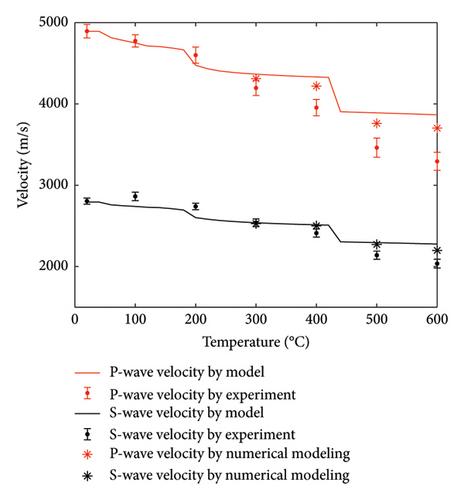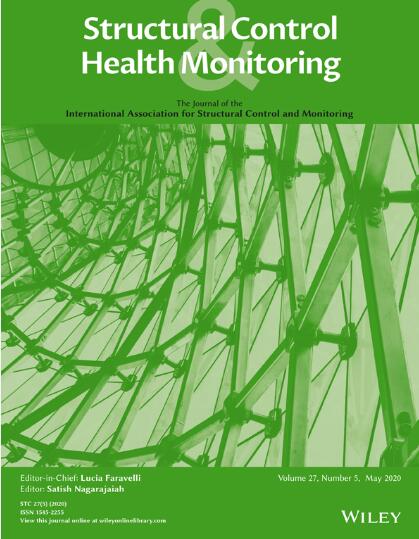Temperature-Dependent Modulus and Ultrasonic Velocity of Concrete
Abstract
The temperature dependence of the internal structure and elastic properties of concrete is revealed by subjecting concrete to different heating conditions. The variation trend of wave velocity in the concrete medium with temperature is analyzed through ultrasonic properties. The decrease in cement matrix modulus and the increase in crack density in concrete are the main factors leading to a decrease in wave velocity. The changes in the composition of the concrete matrix after dehydration are obtained using a thermal decomposition model. Based on the effective medium model, the calculation results of the effective modulus at different temperatures are presented, with a focus on analyzing the influences of the temperature-dependent changes in the matrix elastic properties and the randomly distributed cracks on the effective modulus. The experimental tests and the presentation of the model results indicate a relatively satisfactory agreement, thereby verifying the reliability of the models. The results of this study can explain the basic propagation mechanism of waves in concrete and have promising applications in the ultrasonic testing of thermal damage to cement-based materials.


 求助内容:
求助内容: 应助结果提醒方式:
应助结果提醒方式:


